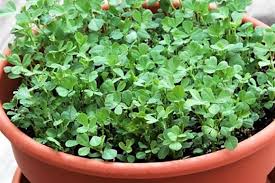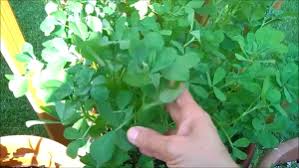
How to Grow Methi in Your Balcony
Growing fenugreek or methi
Ideal spot
Sowing seeds
Harvesting methi leaves
Fertilizers and diseases
--------------------
HealthyBuddha.in home delivers seeds, organic manure and organic pest control in addition organic fruits and vegetables in bangalore and north goa.
Tags: methi, balcony garden, gardening, tips




